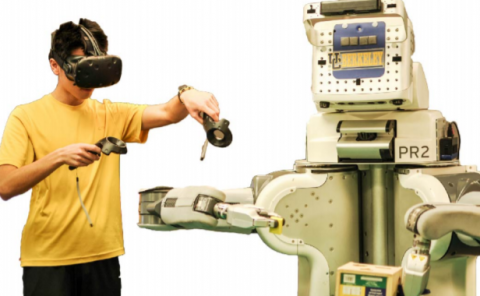Providing Sense of Embodiment with Mobile Virtual Reality Devices: A Case Study using the “Lamp-Head’s Laboratory” Animation
PubDate: December 2019
Teams: Universidade Federal do Ceará
Writers: Saulo V. Cruz; Gabriela de Castro Quintino; Andrei B. B. Torres; Windson Viana

Abstract
The Sense of Embodiment (SoE) is the sense that emerges when a person begins to process the properties of an artificial body as if they were the properties of its own biological body. This sense has been tested and studied through the use of VR applications, and these researches are helping us to understand our brain’s representations of our bodies. At the same time, following the SoE is assisting the developers to make more immersive and striking VR experiences. At this publication’s date, one of the cheapest ways to engage in VR experiences is through a smartphone, but although its technology is rapidly evolving, smartphones can only provide a fraction of the SoE experience, since they lack sensors capable of tracking more than merely the position and rotation of a user’s head. This work presents an approach to provide a SoE experience in virtual reality for mobile devices through the union of the technologies Google VR and Leap Motion controller. Our work was guided by the concepts of sense of embodiment, sense of selflocation, sense of body ownership and sense of agency and by the requirements for embodiment experiments. We also describe a pilot study carried out with the VR animation “O laboratório do Cabeça-de-lâmpada”, in which our approach was implemented and evaluated with nine volunteers. This pilot study showed encouraging evidence for the solution’s ability to arouse the SoE, but was inconclusive due to severe technical failures in the application.


